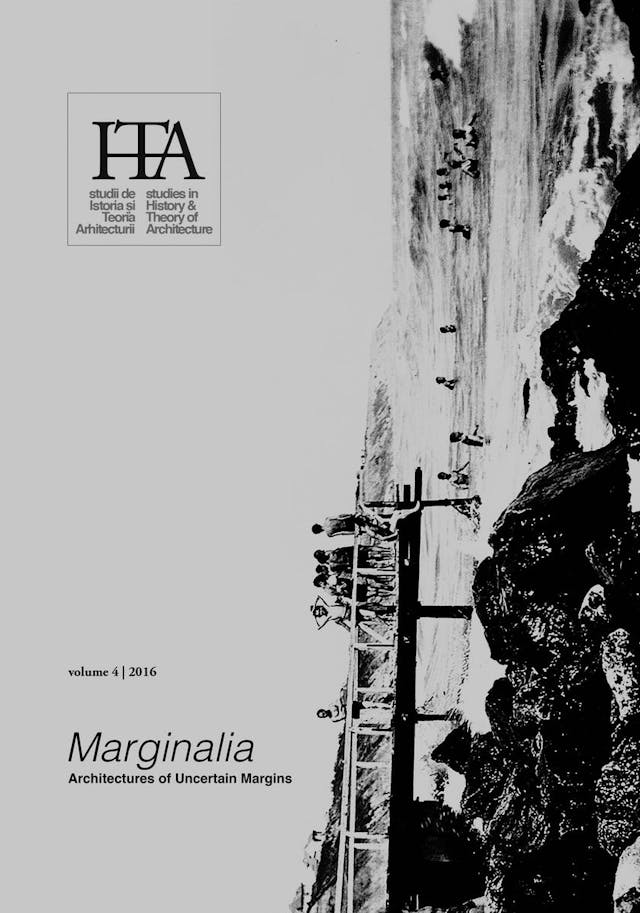Cities of Transylvania and the 1921 Agrarian Reform. Negotiations and Decisions Halfway Between Administrative Autonomy and Centralization
by
Diana Mihnea
Keywords
agrarian reform
overlapping legislation
expropriations
new building plots
urban expansions
During the interwar period, the agrarian reform had a major impact on the cities of Transylvania, leading not only to drastic reductions of the communal estates, but also, in some cases, to massive expansions of the urban areas. The decisions that generated these changes were taken by specially constituted bodies; in many cases, that happened without any regard to the cities’ development plans, and without the municipalities’ approval. Thus, the first interwar decade was characterized by great turmoil, as the authorities of at least 23 cities challenged these decisions in court. Since the agrarian legislation of Transylvania was issued shortly after the Union, during a transitional phase, when the region was semi-autonomous, the authorities in Bucharest had not been aware of the situation until 1925. The gap between local and central administrative institutions during the first years after the Great Union and a series of deficiencies of the agrarian legislation allowed for the advancement of a decision-making process that had profound implications on Transylvanian cities, and for which there were no legal control mechanisms. The cities of Transylvania found themselves in a marginal, ambiguous position: no longer autonomous and not fully adopted by the administrative system of Romania.
Published in

Chicago citation style
DOI:
10.54508/sITA.4.09